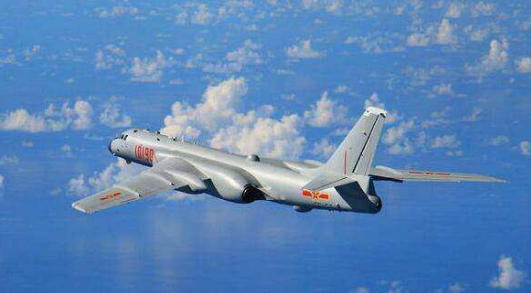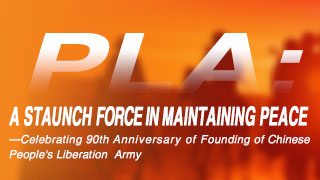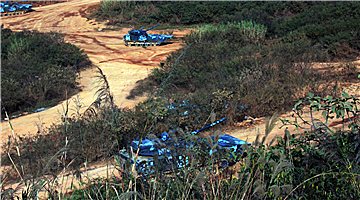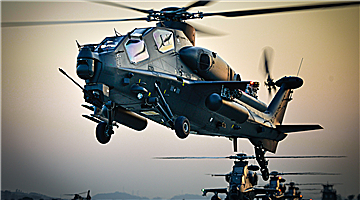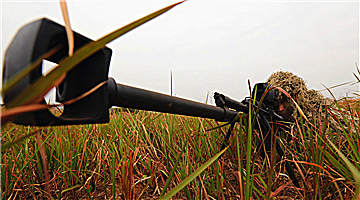War of attrition?
Robert Beckhuse of the US National Interest magazine said that the island patrol was intended to exert pressure on the morale of the Taiwan military because Tsai Ing-wen’s backward move on the "One-China" policy had angered Beijing.
Beyond political proclamations and psychological effects, however, Beckhuse acknowledges that the PLAAF has achieved actual combat training results.
"The Chinese PLA, one of the world’s three biggest armed forces, needs airplanes and skilled pilots because they want to enter the most brutal and complicated battlefield environments," said Beckhuse.
"Unrealistic plans and trainings are becoming the past. Adapting to changing conditions and making decisions on the scene are becoming increasingly challenging for many pilots," he added.
Flights like island patrols are more often conducted in complex settings. For example, the most important aircraft in a warplane fleet is the pilot aircraft, flown by an experienced pilot who commands the fleet and often deals with airborne emergency operations. This means that they have to emphasize air mobility and adapt to flight planning.
"The Chinese military must have realized what we have thought. The PLA is consciously making pilots enter unfamiliar territory. They are eager to win a war under actual combat conditions," said Beckhuse.
Michael Chase, a senior political scientist at the RAND Corporation (a nonprofit institution that helps improve policy and decision making through research and analysis), noted that the island patrols have changed the thinking of the Chinese PLAAF.
"The Chinese PLAAF allows pilots to make their own plans while giving them full autonomy in flying, from starting the engine to changing routes and flight tactics," said Chase.
More subtly, crossing of the island chain by "high-value aircraft" such as the H-6K bombers will objectively pass through the so-called air defense identification zones of Japan and South Korea.
This will require field tests and collection of information including interception times, ground operation control procedures and even data on communications and other primary systems in the air defenses of all parties.
In addition, the PLAAF can update existing information and also collect unexpected local intelligence.
After all, the sensitivity of a bomber is much higher than ordinary aircraft and therefore most of the opponents will "treat each other with honor." The bomber crew has a better chance to understand the opponent's combat readiness and training level.
The Defense International magazine of Taiwan is worried that the PLA is increasing the frequency of H-6K’s flights to deteriorate Taiwan’s aircraft systems.
As long as the fighters are dispatched, there must be parts deterioration based on time limits or the number of uses. That factor affects aircraft in both response missions and actual air combat missions.
This brings about the paradox that deliberately tracking the H-6Ks quickly depletes the inventory of existing components, and requires a shortening of overhaul inspection periods for engines and avionics systems.
For countries and regions with insufficient logistical support capabilities, this is a kind of "war of attrition."
